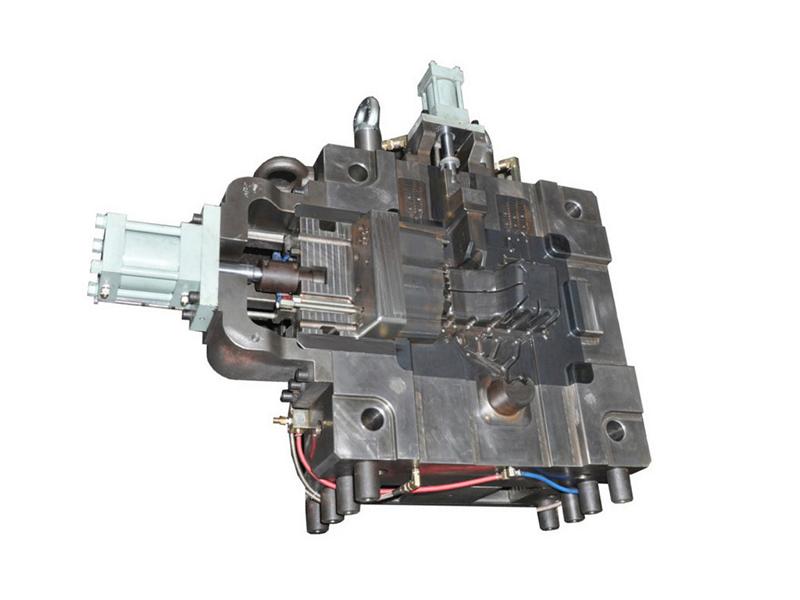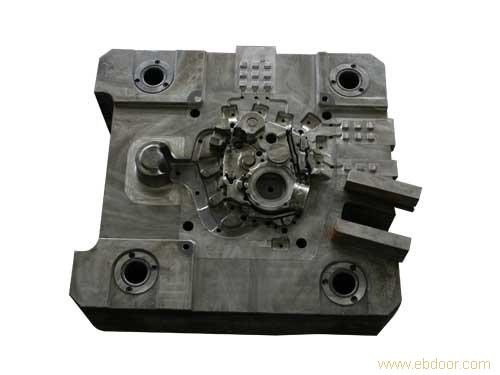The Complete Guide to Die Cast Molding: A Comprehensive Overview
Introduction: Die cast molding is a highly versatile and widely used manufacturing process that holds immense significance in various industries. In this comprehensive guide, we will delve into the intricacies of die cast molding, exploring its process, types, materials, design considerations, advancements, quality control, challenges, and safety measures. Whether you are a professional in the field or someone seeking to understand this fascinating technique, this article aims to provide you with a comprehensive understanding of die cast molding.
I. Introduction to Die Cast Molding Die cast molding is a manufacturing process that involves injecting molten metal into a pre-designed mold under high pressure. This technique is known for its ability to produce intricate and highly detailed parts with excellent dimensional accuracy and surface finish. Die cast molding finds applications in various industries such as automotive, aerospace, electronics, and consumer goods, owing to its efficiency, cost-effectiveness, and versatility.
II. Understanding the Die Cast Molding Process The die cast molding process consists of several essential steps. First, the mold is prepared and designed to accommodate the desired part geometry. Then, the molten metal, typically non-ferrous alloys like aluminum, zinc, or magnesium, is melted and injected into the mold under high pressure. The metal cools and solidifies within the mold cavity, after which the casted part is ejected and undergoes finishing processes such as trimming and surface treatment.
III. Types of Die Cast Molding There are various types of die cast molding techniques employed based on the specific requirements of the application. High-pressure die casting is the most common method, utilizing high pressure to inject the molten metal into the mold. Low-pressure die casting employs lower pressure for the metal injection, while gravity die casting utilizes the force of gravity to fill the mold. Each technique has its advantages and applications, ranging from small intricate components to large and complex parts.
IV. Materials Used in Die Cast Molding Die cast molding primarily utilizes non-ferrous metals due to their excellent flow characteristics and dimensional stability. Aluminum alloys are widely used for their lightweight properties and high strength-to-weight ratio. Zinc alloys offer exceptional casting fluidity and excellent surface finishes. Magnesium alloys are known for their high strength and thermal conductivity. Additionally, ferrous metals like steel alloys are also employed in certain die cast applications that require specific properties.
V. Design Considerations for Die Cast Molding Successful die cast molding relies on careful design considerations. Factors such as mold design, wall thickness, draft angles, undercuts, parting lines, surface finish, and tolerances play crucial roles in achieving high-quality casted parts. Optimizing these design elements ensures proper mold filling, minimal defects, and efficient production.
VI. Advancements and Trends in Die Cast Molding Die cast molding continues to evolve with advancements in technology and techniques. Automation and robotics are increasingly integrated into the process, enhancing efficiency and consistency. Sustainable practices and environmental considerations are also gaining importance, with manufacturers adopting eco-friendly materials and energy-saving measures. Moreover, die cast molding is finding new applications in emerging industries, such as renewable energy and medical devices, expanding its reach and versatility.
VII. Quality Control and Testing in Die Cast Molding Quality control is a vital aspect of die cast molding to ensure the production of defect-free parts. Various inspection techniques and equipment, including non-destructive testing methods, are employed to identify and rectify any issues. Statistical process control is implemented to monitor and optimize the manufacturing process, leading to enhanced quality and reliability.
VIII. Common Challenges and Troubleshooting in Die Cast Molding Die cast molding may encounter certain challenges, such as porosity, flash, shrinkage, and surface defects. Understanding these common issues and implementing proper troubleshooting measures can minimize their impact on the final product. Identifying the root causes, adjusting process parameters, and maintaining proper mold maintenance can help overcome these challenges and ensure consistent production quality.
IX. Safety Considerations in Die Cast Molding Die cast molding involves working with high temperatures, molten metals, and machinery, making safety a paramount concern. It is essential to adhere to safety protocols and provide adequate training to employees. Personal protective equipment (PPE) such as heat-resistant clothing, gloves, safety glasses, and face shields should be worn to prevent accidents. Proper handling, storage, and disposal of molten metals are also crucial for maintaining a safe working environment.
At GC Precision Mould, we are dedicated to providing our clients with the best possible aluminum die casting and other casting products and services. Our team of experienced engineers and technicians use the latest technology and techniques to ensure that every part we produce meets the highest standards of quality and accuracy.
Our products are widely used in a variety of industries, including automotive, consumer electronics, medical, and industrial equipment. We work closely with our clients to understand their specific needs and develop custom solutions that meet their unique requirements.
Whether you need a single plastic mold or a complete die casting production line, we have the expertise and resources to deliver exceptional results. Contact us today to learn more about our services and how we can help you achieve your manufacturing goals.
If you have a project that needs Die casting China for your die casting project or mould suppliers to make injection molding products, contact us to get the best price now.
Conclusion: Die cast molding is a highly efficient and versatile manufacturing process with widespread applications across industries. Through this comprehensive guide, we have explored the fundamental aspects of die cast molding, including its process, types, materials, design considerations, advancements, quality control, challenges, and safety measures. By understanding the intricacies of die cast molding, manufacturers can produce high-quality casted parts that meet the demands of modern industries. As this field continues to evolve, embracing new technologies and adopting sustainable practices will further enhance the efficiency, precision, and sustainability of die cast molding processes.

